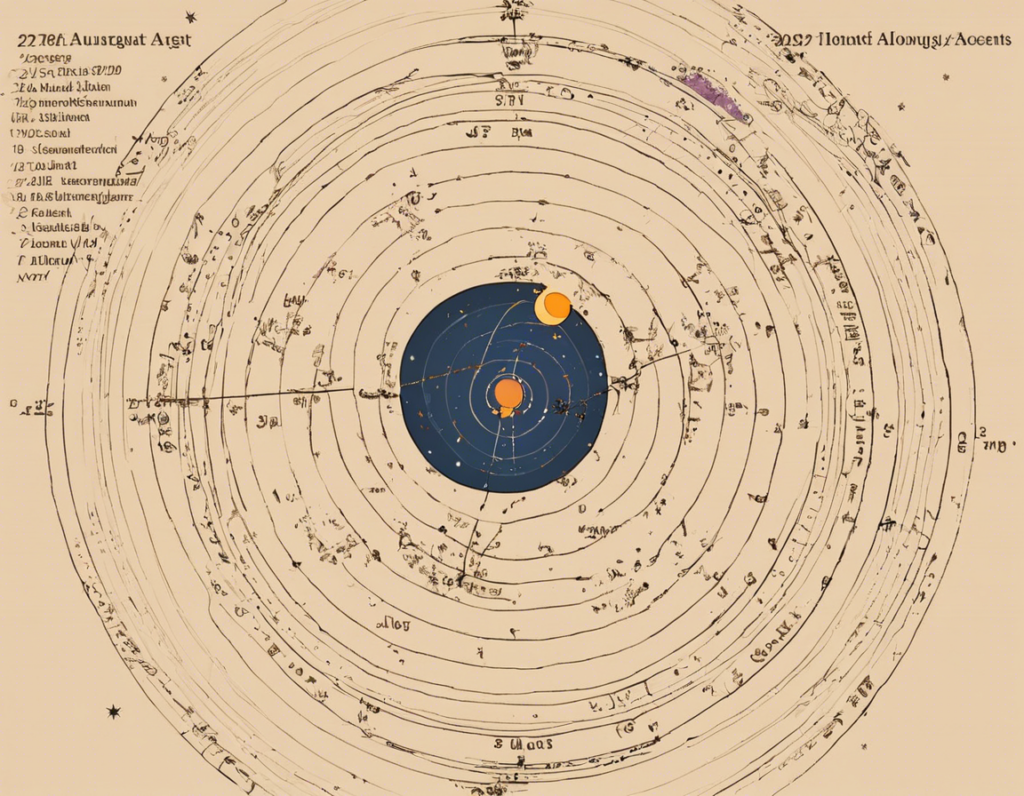Are you ready for a celestial spectacle like no other? Mark your calendars for 27 August 2023 as a host of astronomical events are set to light up the night sky. Whether you’re a seasoned stargazer or just beginning to explore the wonders of the universe, this date is one you won’t want to miss. From meteor showers to planetary alignments, here’s a guide to the must-see events taking place on this extraordinary night.
Meteor Showers
One of the most anticipated events on 27 August 2023 is the Perseid meteor shower. Known for its spectacular fireballs and bright, fast-moving meteors, the Perseids are a favorite among skywatchers. This year, the shower is expected to peak in the early hours of the morning, providing a dazzling display of celestial fireworks.
Planetary Alignments
On the same night, Mercury, Venus, Mars, Jupiter, and Saturn will align in the pre-dawn sky, creating a rare and stunning visual spectacle. This planetary alignment, also known as a “parade of planets,” occurs when several planets appear close together in the sky, offering a unique opportunity to view these distant worlds in conjunction.
Lunar Phenomena
In addition to the meteor shower and planetary alignment, the 27 August 2023 also marks a significant lunar event. The full moon, also known as the Sturgeon Moon, will grace the sky, bathing the night in its silvery glow. Full moons are always a mesmerizing sight, but this one promises to be especially enchanting in conjunction with the other celestial events of the night.
Tips for Stargazing
To make the most of these astronomical events, here are some tips for successful stargazing on 27 August 2023:
- Find a dark, open area away from light pollution to maximize your viewing experience.
- Use a star map or a stargazing app to help you identify constellations, planets, and other celestial objects.
- Bring a blanket or reclining chair for comfort as you spend hours observing the night sky.
- Be patient, as some events like meteor showers may require time to fully appreciate their beauty.
Frequently Asked Questions (FAQs)
- What is a meteor shower, and why do they occur?
-
Meteor showers occur when the Earth passes through the debris left behind by a comet, resulting in debris burning up in the Earth’s atmosphere and creating the streaks of light we see.
-
How can I best view a meteor shower?
-
The best way to view a meteor shower is to find a dark location away from city lights, lie back, and let your eyes adjust to the darkness. No special equipment is needed, just patience and a clear sky.
-
What causes planetary alignments?
-
Planetary alignments occur when planets appear to align from our perspective on Earth due to their positions in their orbits. While they may appear close together in the sky, the planets are actually still millions of miles apart.
-
Why is the full moon in August called the Sturgeon Moon?
-
The Sturgeon Moon is named after the Native American tradition of naming full moons based on the natural world. August was traditionally the time for catching sturgeon in North America.
-
Can I see the planets with the naked eye during the planetary alignment?
- Yes, you can see the planets involved in a planetary alignment with the naked eye. They will appear as bright points of light in the pre-dawn sky.
Prepare for an unforgettable night of cosmic wonder on 27 August 2023, as the heavens put on a show like no other. Whether you’re captivated by meteor showers, enchanted by planetary alignments, or simply in awe of the beauty of the moon, this date promises a spectacle that is not to be missed. Grab your telescope, pack a picnic, and get ready to delve into the mysteries of the universe from the comfort of your own backyard.
